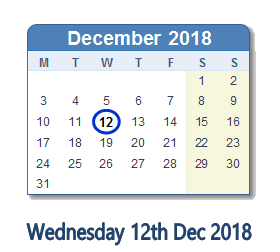Single Account Current
An Important question for Books & Budget optional (3rd chapter Accounts Code )
ü
Simply a statement showing the receipts &
disbursements of an Accounts Circle (Division/Workshop) for a given period
i.e., month of a Financial year.
ü
Classified under the prescribed heads of
Account.
ü In
other words, Account Current complies with the
Government Accounts (Finance Accounts) as similar to Profit & Loss A/c and Balance Sheet have been comply
with the Commercial Accounts (Capital and Revenue Accounts)
ü Principle: In Account current, all the entries are
shown net, i.e., after deduction of write back adjustments against each head of
account. On no account, should minus
results be transferred as plus results of the opposite side of Account.
ü Example:
Minus Debit of erstwhile Demand No.03 (SMH 01) (due to rectification of wrong
debit) - should not be posted on Credit
side of erstwhile Demand No.03 (SMH 01)
ü Schedules
are prepared separately for Revenue and Capital.
ü Column "Account to Date" - Should show the transactions from the beginning of the year. (That means All Revenue
transactions (except Suspense Heads MAR & DP) are closed to NET REVENUE at
the end of the year. So that there are no cumulative figures in respect of
Revenue transactions. They begin afresh
from the first month i.e., April)
ü Closing
Balances of the month are shown to which the account relates.
ü Example of July 2018 Revenue Account Current
Head of
Account
|
Opening
Balance
As on
01.04.2018
|
Closing
Balance
As on
31.07.2018
|
ü Prepared
- After the General Books for a month have been closed and the Ledger has been
written up.
ü Prepared
from the Ledger balances.
ü Due
Date: 8th of the following month. Example: July 2018 Account Current is
submitted to Railway Board by 8th of August.
(previously it is the first week of September)
ü This
advancement of submission date (nearly one month) is due to computerization and
dispensing of Approximate Account Current.
Now preparation of Approximate Account Current
is not required. It is the biggest reform in preparation of Account
Current.
ü Consolidation: Divisions/Workshops
submit Account current (whether monthly or final) to the PFA office. These should be consolidated into One Account
Current for the entire Zonal Railway. This is now achieved through IPAS which itself consolidates
the units Account Currents into Zonal Account Current.
ü Submission
of Account Current to Railway Board by Zonal Railways is through electronic
mode i.e., IPAS - Integrated Payroll Accounting System.
ü Revenue
Account current should be accompanied by the prescribed supporting schedules in
support of the transactions shown against the various heads in the Account
Current.
ü Capital Account Current - When accounts of a new
Construction are maintained by separate organisation, Separate Account Current for Construction and
for Open line should be prepared.
Otherwise one Account current is
sufficient for Open Line and Construction by PFA.
ü Capital Account
current should be accompanied by the prescribed supporting schedules in support
of the transactions shown against the various heads in the Account Current
ü Final Account Current or March Account Current: Both approximate and final accounts
are prepared. The approximate account current of march is called preliminary account current and actual
account current is called supplementary account current and after each
correction slip the supplementary account current is numbered as supplementary
1, supplementary 2 etc.
****
